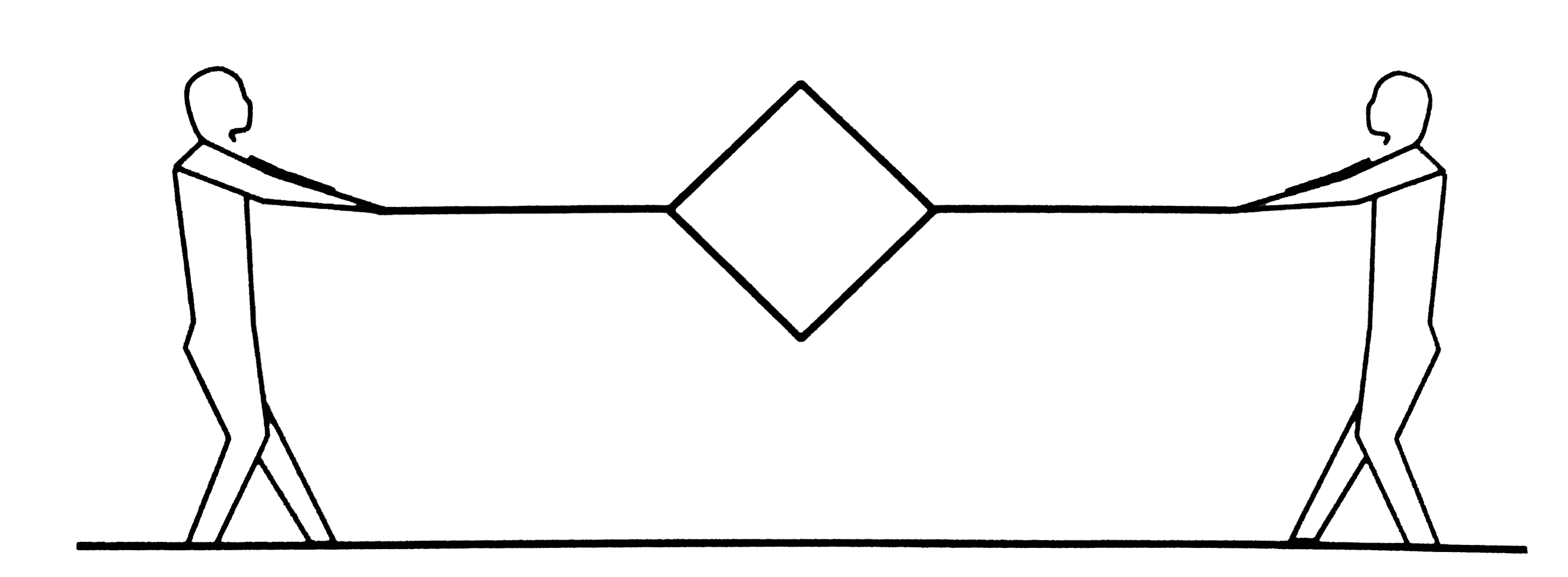Suppose all the electrons of 100 g water are lumped together to form a negatively charged particle and all the nuclei are lumped together to form a positively charge particle. If these two particles are placed 10.0 cm away from each other, fien the force of attraction between them. Compare it with your weight. Solution in Gujrati
No. of electrons in 100gmH2O
=3.34×1025
and total charge of electron in 100gm
water=−5.34×106C
Similarly, Total charge of protons in 100gm=+5.34×106C
Hence electrical force
=9×109×5.34×106×5.34×10610−2
=2.56×1025New→ns
Topper's Solved these Questions
- ELECTRIC FIELD AND POTENTIALBOOK - HC VERMACHAPTER - ELECTRIC FIELD AND POTENTIALEXERCISE - Objective 2
8 Videos
- ELECTRIC CURRENT THROUGH GASESBOOK - HC VERMACHAPTER - ELECTRIC CURRENT THROUGH GASESEXERCISE - Exercises
23 Videos
- ELECTROMAGNETIC INDUCTIONBOOK - HC VERMACHAPTER - ELECTROMAGNETIC INDUCTIONEXERCISE - EXERCISE
9 Videos
Similar Questions
Mark out the correct potons.
View SolutionA discharge tube contains helium at a low pressure. A large potential difference is applied across the tube. Consider a helium atom that has just been ionized due to the detachment of an atomic electron. Find the ratio of the distance travelled by the free electron to that by the positive ion in a short time dt after the ionization.
View SolutionShown a metallic square frame of edga a in a vertical plane. A uniform magnetic field B exists in the space in a directon perpendicular to the plane of the figure. Two boys pull the opposite corners of the square ot deform it into a rhombus. They start pulling the corners t t=0 and sisplace the corners at a uniform speed u. (a) find the induced emf in the frame at the instant when the angles at these corners reduce to 60∘. (b) find the induced current in the frame at this instatnt if the total resistance of the frame is R. (c) Find the total charge which flows through a side of the frame by the time the square is deformed into a straight line.

View SolutionSuppose all the electrons of 100 g water are lumped together to form a negatively charged particle and all the nuclei are lumped together to form a positively charge particle. If these two particles are placed 10.0 cm away from each other, fien the force of attraction between them. Compare it with your weight.
View SolutionFigure shows two charge particles on an axis. The charges are free to move. At one point, however, a third charged particle can be placed such that all three particles are in equilibrium.
(a) Is that point to the left of the first two particles to their rightm or between them?
(b) should the third paricle be positively or negatively charged?
(c ) Is the equilibrium stable or unstable?

View SolutionTwo identical particles are charged and held at a distance of 1m form each pther. They are found to be attraction each other with a force of 0.027N . Now they are connected by a conducting wire so that charge folws between them. Whe the charge flow stop, they are found to be repelling each other with a force of 0.009N. Find the initial charge on each particle.
View SolutionWhen two pieces of ice are pressed together, they form a single lump. Explain
View SolutionThe negatively charged dust particles are attracted by
View Solutionसही कथन चुनिए: विरामावस्था में आवेशित कण पर कोई बल नहीं लगता हैं। कण के स्थान पर-
View Solutionएक धनात्मक आवेशित कण व एक ऋणात्मक आवेशित कण के बीच आकर्षण बल F है। उनके बीच की दूरी एक चौथाई करने पर इस बल का मान क्या होगा ?
View Solutionदो धनावेशित कणों के द्रव्यमान 1.7×10−27kg है और प्रत्येक पर आवेश 1.6×10−19C है तथा उनके मध्य दुरी r है। यदि दोनों के मध्य प्रतिकर्षण बल एक कण के भार के बराबर हो तो r की गणना कीजिए।
View SolutionTwo charged particles are placed at a distance r from each other. The magnitude of the electric force between the two charged particles is F. What will be the effect on F on placing the given charged particles in water? (Take dielectric constant of water 80).
View Solution10g weight and 2.0xx10^(-4) Two identical particles with C charge are placed at a distance of 10 cm from each other and then released. When the distance between them becomes large, what will be the speed of the particles?
View SolutionTwo electrically charged particles , having charges of different magnitudes , when placed at a distance 'd' from each other , experience a force of attraction 'F' . These two particles are put in contact and again placed at the same distance from each other. What is the nature of new force between them ?
View SolutionSuppose all the electrons of 100 g are lumped together to form a negatively charged particle and all the nuclei are lumped together to form a positively charge particle. If these two particles are placed 10.0 cm away from each other, then the force of attraction between them. Compare it with your weight.
View SolutionTwo electrically charged particles, having charges of different magnitudes, when placed at a distance from each other, experience a force of attraction .F. These two particles are put in contact and again placed at the same distance from each other. What is the nature of new force between them?
View Solution
